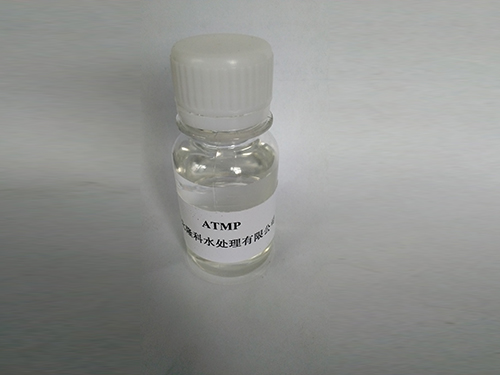Exploring the Applications and Benefits of Polyacrylamide Polymer in Various Industries
The Versatile World of Polyacrylamide Polymers
Polyacrylamide (PAM) is a synthetic polymer composed of acrylamide subunits, widely recognized for its unique properties and broad applications across various industries. This article delves into the characteristics, production, and diverse applications of polyacrylamide, highlighting its importance in modern technology and environmental management.
Characteristics of Polyacrylamide
One of the standout features of polyacrylamide is its remarkable ability to absorb water, forming a gel-like substance. This property is due to the polar nature of the acrylamide monomers, which allows PAM to interact with water molecules effectively. Depending on its molecular weight and the degree of cross-linking, polyacrylamide can be tailored for different uses—from highly dissolved forms that are effective in enhancing soil moisture to thicker gels used in laboratory technologies.
Moreover, polyacrylamide can be produced in various forms, including anionic, cationic, and nonionic types. Anionic PAM is typically used in applications where a negative charge is beneficial, such as in wastewater treatment processes. Conversely, cationic PAM is often favored for its flocculating properties, particularly useful in water purification and sludge treatment.
Production of Polyacrylamide
The synthesis of polyacrylamide involves the polymerization of acrylamide monomers, which can be initiated through various methods. Free radical polymerization is the most common method, utilizing initiators such as potassium persulfate to trigger the reaction. The resulting polymer can be further modified to enhance performance characteristics, such as biodegradability or thermal stability, depending on the intended application.
Safety precautions during production are critical, given that acrylamide is a potent neurotoxin and a probable human carcinogen. Modern manufacturing processes emphasize the minimization of acrylamide exposure through closed systems and rigorous monitoring of residual monomers in the final product.
Applications of Polyacrylamide
The versatility of polyacrylamide makes it invaluable in numerous fields
polyacrylamide polymer

1. Water Treatment One of the most significant applications of PAM is in wastewater treatment. Its flocculating properties help in aggregating suspended particles and promoting sedimentation, which improves the clarity of water. This is crucial in municipal water treatment facilities and industrial effluent management.
2. Agriculture Polyacrylamide is widely used in agriculture as a soil conditioner. It can enhance soil structure, reduce erosion, and improve water retention, thereby promoting higher crop yields in arid regions. Additionally, PAM helps in the slow release of fertilizers and pesticides, contributing to environmentally sustainable farming practices.
3. Mining Industry In mining operations, PAM is applied to facilitate the separation of minerals from crude ore, aiding in the efficiency of mineral extraction processes. Its ability to reduce the viscosity of slurries makes it easier to handle and transport materials.
4. Biomedical Applications In the biomedical field, polyacrylamide gels are commonly used in electrophoresis for the separation of biomolecules. Due to their adjustable pore sizes, these gels allow researchers to analyze proteins and nucleic acids effectively.
5. Cosmetic Products PAM finds its way into the cosmetic industry as a thickening agent and stabilizer, enhancing the texture and application of various beauty products. Its ability to retain moisture makes it a sought-after ingredient in skin care formulations.
Environmental Considerations
Despite its advantages, the environmental impact of polyacrylamide cannot be overlooked. While PAM itself is not toxic, concerns arise regarding its degradation products and the possible effects of residual acrylamide. Consequently, ongoing research is focused on developing environmentally friendly alternatives and ensuring safe usage practices across all applications.
Conclusion
Polyacrylamide polymers represent a significant technological advancement with a myriad of applications across industry sectors. Their ability to enhance efficiency in water treatment, agriculture, and various scientific fields underscores their value in contemporary society. As research continues to unveil new applications and improve safety standards, polyacrylamide will undoubtedly remain a critical component of modern industrial practices and environmental solutions.
-
Pbtc Scale InhibitorPBTC: A Scale Protector for Industrial Water TreatmentNewsAug.05,2025
-
Organic Phosphonate: An Efficient Defender in the Field of Scale InhibitionNewsAug.05,2025
-
Hydrolyzed Polymaleic Anhydride: Green Pioneer in Scale Inhibition FieldNewsAug.05,2025
-
PAPEMP Polyamino Polyether Methylene Phosphonic Acid For SaleNewsAug.05,2025
-
Flocculant Water Treatment: A Pioneer in Purification in the Field of Water TreatmentNewsAug.05,2025
-
Benzyl Isothiazolinone: An Efficient and Broad-Spectrum Antibacterial Protective GuardNewsAug.05,2025





